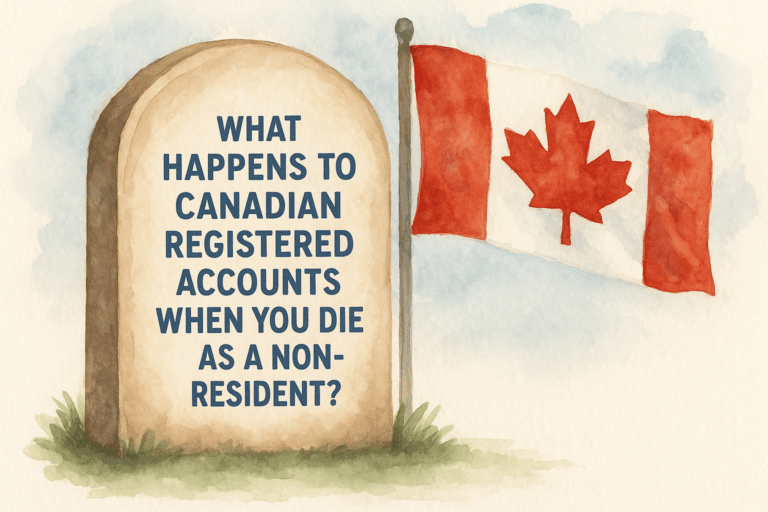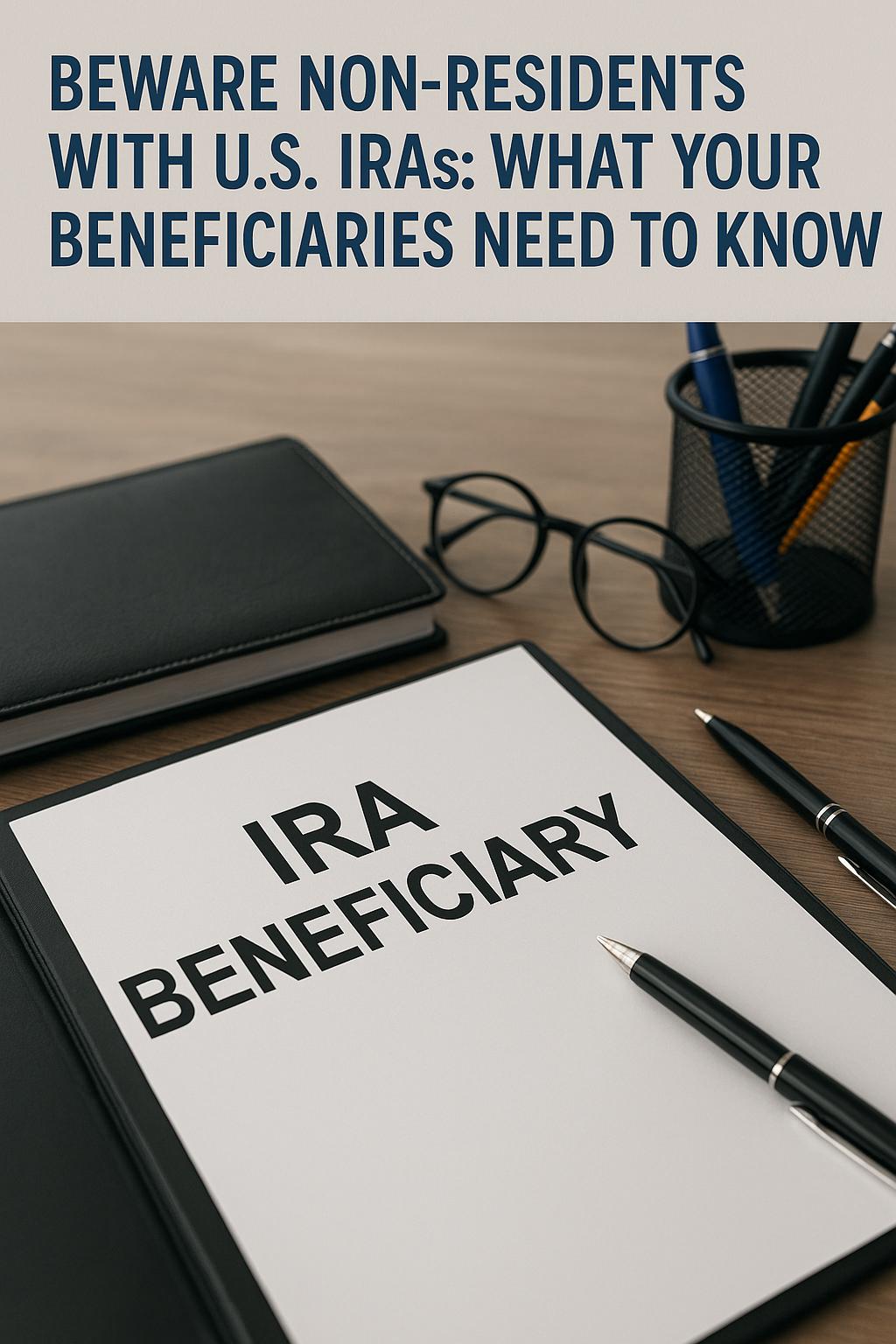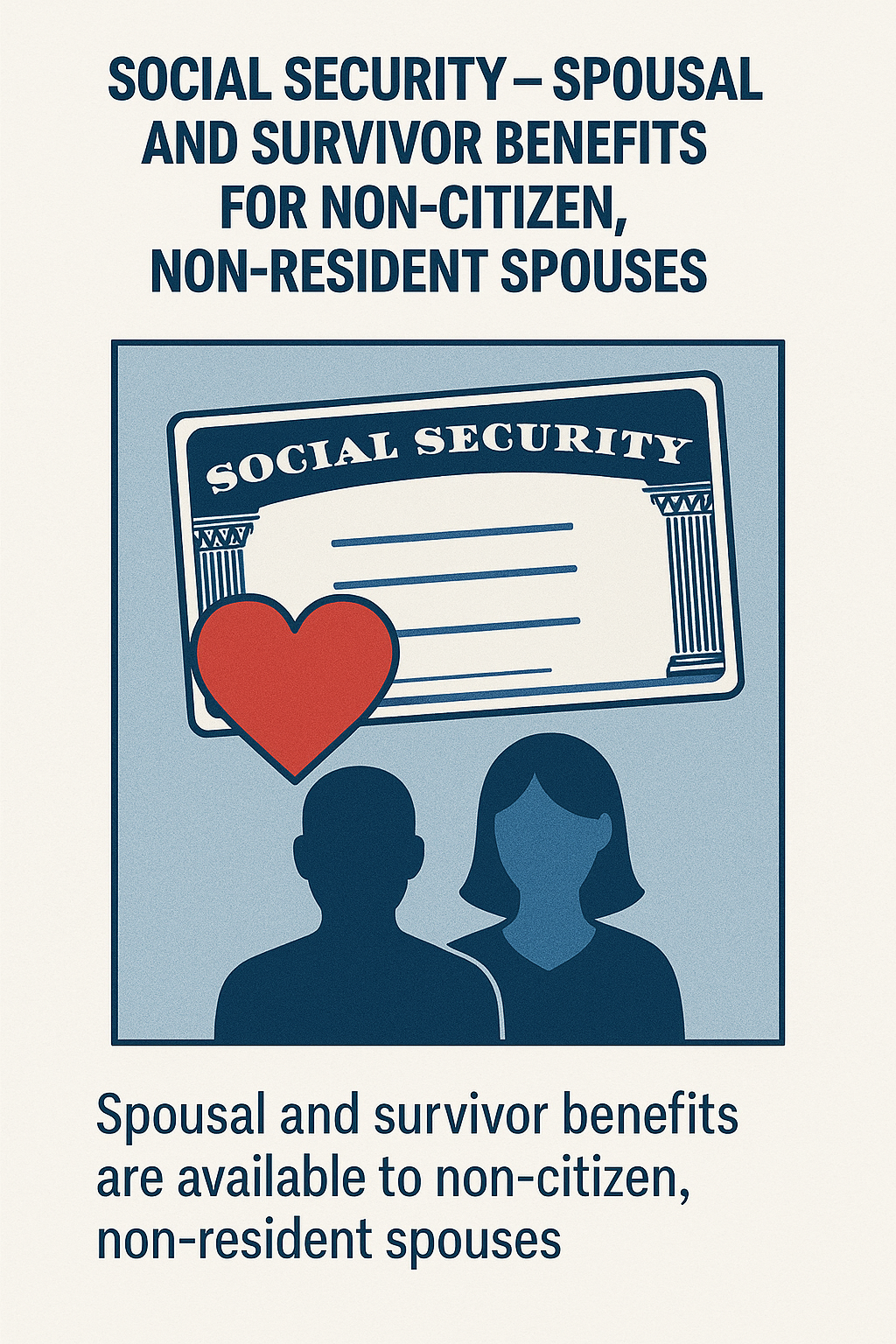Canadian expats and former residents often maintain registered accounts like RRSPs, RRIFs, LIFs, or LIRAs after moving abroad. But few understand what happens to those accounts when they pass away while living as a non-resident.
Understanding the tax treatment of these accounts at death is essential—not only for estate planning purposes but also to avoid unexpected tax burdens on your beneficiaries.
Registered Accounts at a Glance
Let’s start by distinguishing between key account types:
- RRSP (Registered Retirement Savings Plan): Designed for tax-deferred retirement savings while the holder is earning income.
- RRIF (Registered Retirement Income Fund): A conversion of an RRSP once the holder begins drawing income in retirement.
- LIRA (Locked-In Retirement Account) and LIF (Life Income Fund): These are locked-in versions of RRSPs and RRIFs, typically originating from a pension plan and often subject to specific provincial legislation.
All of these accounts allow for tax-deferred growth and are subject to taxation upon withdrawal or death.
What Happens on Death for Canadian Residents?
If a Canadian resident dies holding one of these registered accounts:
- The account is deemed disposed of immediately before death.
- The fair market value of the account is included in the deceased’s final income tax return (known as the “terminal return”).
- This often triggers a significant tax liability—unless the funds are rolled over to a spouse or common-law partner, in which case the account can transfer on a tax-deferred basis.
What Changes if You’re a Non-Resident at Death?
If the account holder is a non-resident of Canada at the time of death, the situation is different:
- The account is still deemed disposed of at death unless the beneficiary is the spouse or common-law partner, in which case the tax-deferred rollover rules can still apply.
- However, a Canadian tax return may not be required for the deceased. Instead, non-resident withholding tax will apply on the deemed disposition amount.
Withholding Tax on Deemed Disposition for Non-Residents
Under Canadian tax rules, when a non-resident dies holding an RRSP, RRIF, LIF, or LIRA, the financial institution is required to apply non-resident withholding tax on the amount paid out (or deemed paid out) at death, unless a tax-deferred rollover applies.
The rate of withholding tax is generally:
- 25% of the fair market value of the account at death
- Potentially reduced under a tax treaty, such as the Canada-U.S. Tax Treaty, which may reduce the rate to 15% on a portion of the distribution if the beneficiary resides in the United States.
Note that while withholding tax satisfies the Canadian tax obligation in many cases, the estate or beneficiaries may still have reporting obligations in the country of residence, depending on local tax laws. Form 3520 is required for U.S. beneficiaries.
Summary of Key Rules
| Scenario | Deemed Disposition? | Final Canadian Return Required? | Withholding Tax? | Spousal Rollover? |
| Resident at Death | Yes | Yes (Final Return) | No | Yes, if spouse is beneficiary |
| Non-Resident at Death | Yes | No (Usually) | Yes (25% or treaty-reduced rate) | Yes, if spouse is beneficiary |
What You Can Do to Plan Ahead
- Review your beneficiary designations to ensure your spouse is listed, if applicable.
- Consult a cross-border advisor to determine whether it is best to delay distribution as long as possible, or if a drawdown strategy makes more sense while you’re alive.
- Evaluate tax treaty implications if you or your heirs reside outside Canada.
- Ensure liquidity in your estate, especially if withholding taxes will apply at death.
At 49th Parallel Wealth Management, we specialize in helping Canadians living abroad manage their cross-border retirement assets with confidence and clarity. If you or your loved ones hold Canadian registered accounts while living outside the country, it’s crucial to prepare for how these accounts will be treated after death. We can help ensure your legacy is preserved and your family is protected, wherever you call home.




